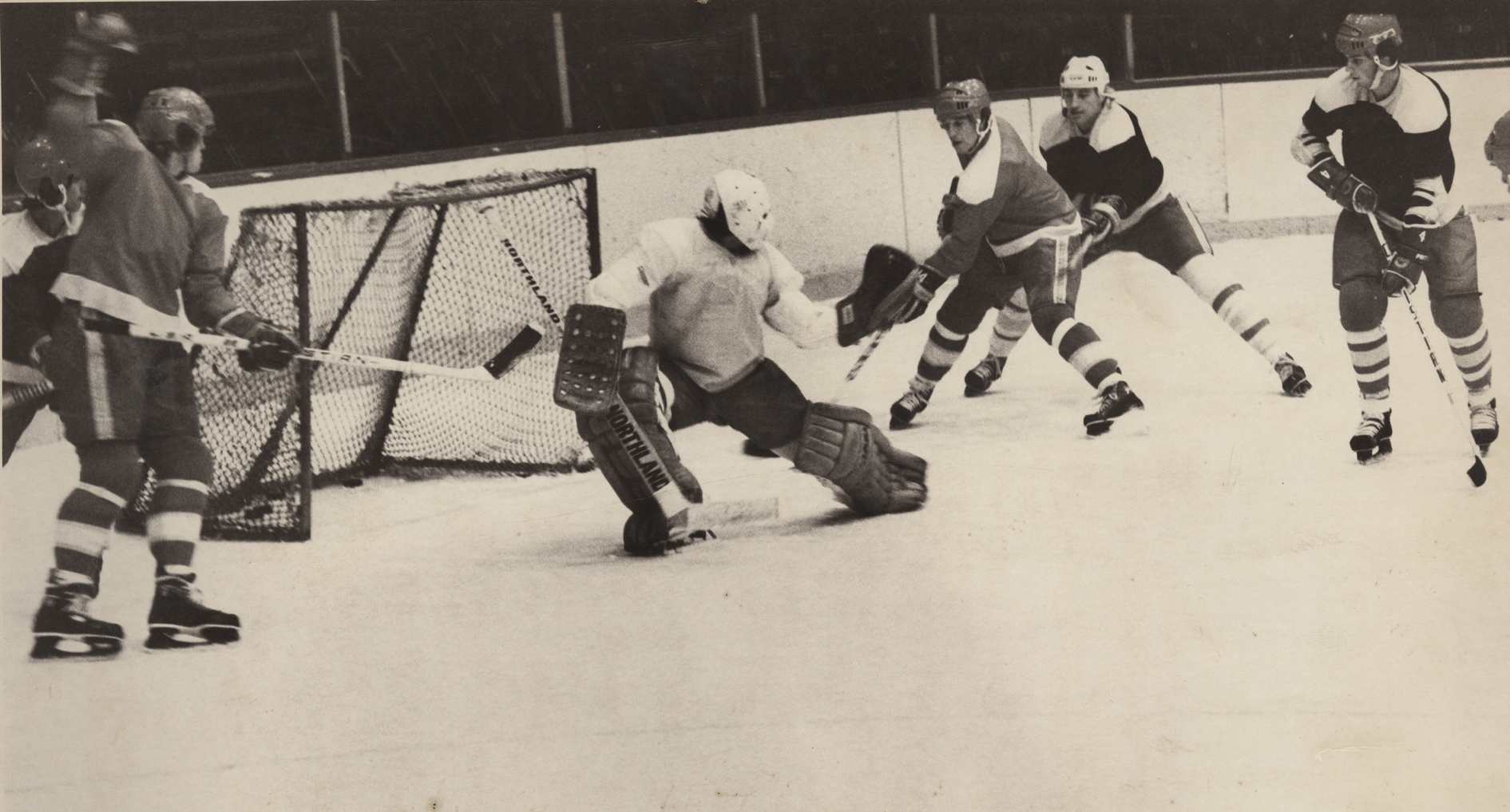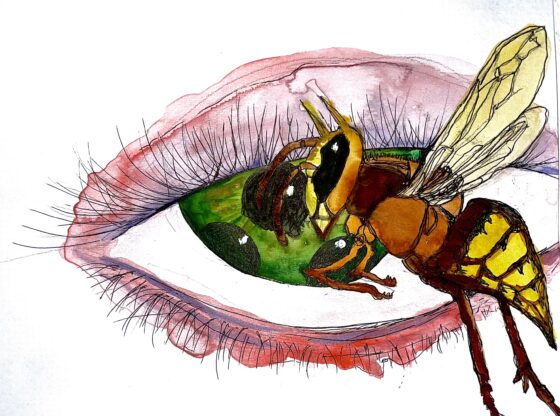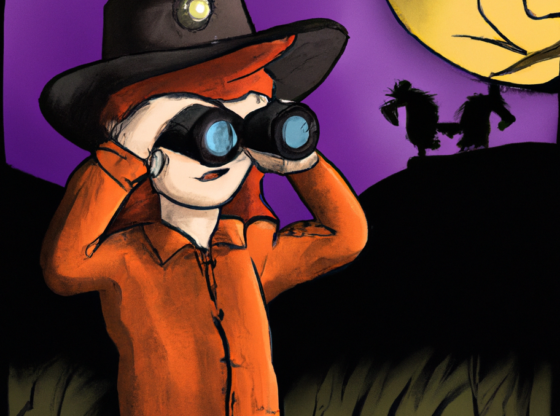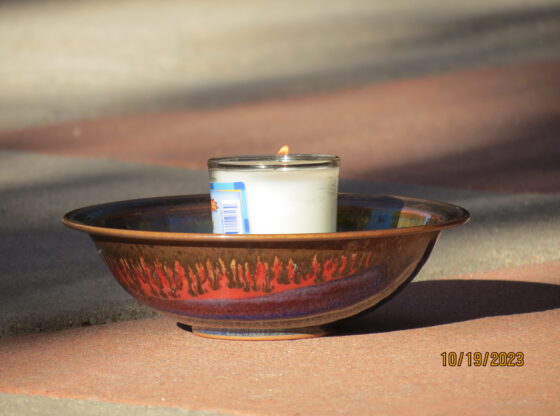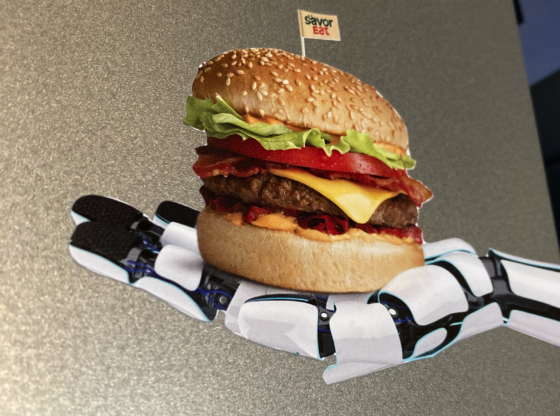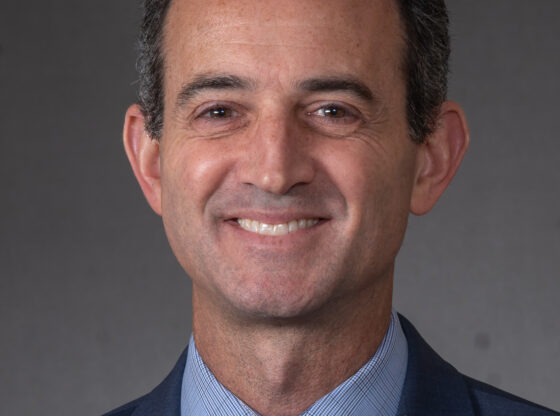The history of DU’s athletics teams can be told through a series of numbers: wins and losses, scores, touchdowns and championships. But the history of DU’s athletics narrates a larger part of history as well, a story of DU’s growth on the national stage, the increasing strength of academics and the values of its students, staff and faculty. The history of the university is integrated with the history of its sports teams, and the narrative of each is made up of success, failures and challenges. This history of the athletics program is accumulated from campus interviews along with a collection of historical articles presented in the 1985 campus-published book “A Tribute to Champions,” documenting the history of different campus athletics, available through DU Special Collections.
Humble beginnings
Pioneer athletics came onto the stage only three years after the founding of the university, in 1867. Though now long gone from the athletics venue at DU, it was America’s “national pastime,” baseball, which became the first sport to see athletes representing the university, then the Colorado Seminary. The program grew to capture its first regional title in 1926, and remained NCAA competitive through its over-100 year history before being dropped as a varsity sport in 1997.
Once one program was underway, it did not take long for others to follow, and by the early 1900’s the university hosted men’s football, track and field and tennis in addition to the tennis program. Each program came to see championships in those formative years through the 1920’s as Pioneer athletics gained clout on the national stage, but the dominance on the university and national stage came from the illustrious football program, the flagship sport of the university.
Though the DU football program would rise to become a goliath of the league and state, its beginnings were less than auspicious. The program began with a single game in the 1885 season and a 12-0 loss to Colorado College.
“The squad was made up of just 11 men and they played without the benefit of padding or shoulder pads,” former Denver Post sports writer Frank Haraway notes in “A Tribute to Champions.” “There was no forward passing and there was little or no resemblance to the game that evolved in the next century.”
Without guidance and consistent leadership, the team floundered through the end of the 1890s and into the new century, even lapsing on playing formal games in 1886, 1887 and 1890.
An initiative by Chancellor Henry Buchtel in 1901 sought to move the program into competition, and the program hired its first coach that year with the $500 raised through the university.
Football went on to create an avid following from within the university and Denver, with crowd sizes meriting the 1926 construction of DU Stadium.
As football continued to draw most of the attention towards the university, other programs continued to produce impressive results as well. Men’s gymnastics joined the fold a bit late, becoming officially recognized as a varsity sport in 1950, but finished third in the Rocky Mountain Amateur Athletics Union (AAU) championships in 1954. Meanwhile, the ski team became a varsity sport for the first time in 1948, and it was not long before it moved into a position of dominance in the Rocky Mountain region

Football ends
Athletics at DU had a sudden and major change in 1961, when it was announced by Chancellor Chester Alter on Thanksgiving Day that the football program would be discontinued the next season.
“It was quite shocking at the time. It was kind of unexpected, kind of out of nowhere,” said DU historian Steve Fisher.
Though the motives may have been ambiguous at the time, according to Fisher, the true motive was to give more emphasis to academics.
“Chester Alter was concerned about what he saw as athletes’ favored status,” said Fisher. “Alter was afraid that we were going to become a jock factory, and he wanted to focus on scholarship and research and make DU a really scholarly place, not a football school.” With the decision, an era of DU sporting history ended.
Yet the void left space for the rise of other sports, including the next highly celebrated sport of hockey. Though men’s hockey became official in 1949, it was as football ended that the program began to rise to prominence, particularly under the leadership of coach Murray Armstrong, who led the team to NCAA championships in 1958, 1960, 1961 and 1969.
“I do believe that Murray saw something nobody else had noticed – not just a school with the facilities for a good hockey program, but a growing city starved for an entertaining sport.” said former player James Wiste, who played wing on the 1968 championship team, in “A Tribute To Champions.”

Women enter the picture
It was in 1974 that DU Athletics saw another major change, this time the incorporation of women’s varsity sports. Five programs were sanctioned that year: basketball, field hockey, skiing, gymnastics and tennis.
It was at the time that the divisions for women were introduced that Diane Wendt began a career with DU Athletics, working as the first director for women’s athletics when the program was launched. According to Wendt, the beginning of the program had a significant amount of thrust both from the university and from recent national-level changes with the introduction of Title IX in 1972.
“Colleges and universities looked at benefits and opportunities available to men and women on their campuses and began to address equity,” said Wendt. “I think the university as a whole was very supportive of advancing educational equity for men and women, and clearly the University of Denver was on the forefront of that leadership.”
It wasn’t long before women’s sports began to find success with the 1976 conference championship of the women’s tennis team, which would win again in 1978. Gymnastics also quickly saw success with a fourth place finish at national competition in 1978 and won national titles in 1982 and 1983. At that time, additional women’s sports soccer and volleyball were added.
Greater opportunities for women’s athletics were added with the 1999 construction of the Ritchie Center, according to Wendt.
“At most colleges and universities most programs were built for men, so the women’s additions of facility needs were shoehorned into spaces that were not originally designed for athletic facilities,” said Wendt.
The Ritchie Center changed that with a design partially aimed to give female athletes better facilities on campus.
Athletics today
Through its long history, Athletics has seen a great deal of other changes, including a change from NCAA Division II level athletics to Division I in the late 1990s. According to went, the review process for the shift was intensive, with a committee created to look at how to best make the shift.
“The vision was that the university should compete with the best in the country in athletics,” she said. “That really was part of the strategic overall plan of the university, to move in that direction.”
Athletics also underwent further changes in switching from the Western Athletic Conference to the Summit League in 2012. Through the changes, Wendt says she is looking for a positive future for Athletics.
The programs continue to produce annual teams which compete seriously at a national level while boasting a 3.33 average GPA.
“What is remarkable is just the growth and development of all the programs, and I think the opportunities that our student athletes enjoy as a result of the programs, I think they speak for themselves as to the success of our student athletes,” said Wendt. With nearly 150 years of history recorded in the books, Athletics still may face many changes in the future according to Wendt.
“It’s an interesting time for intracollegiate athletics,” said Wendt.
“I think it’s a time of change.”

